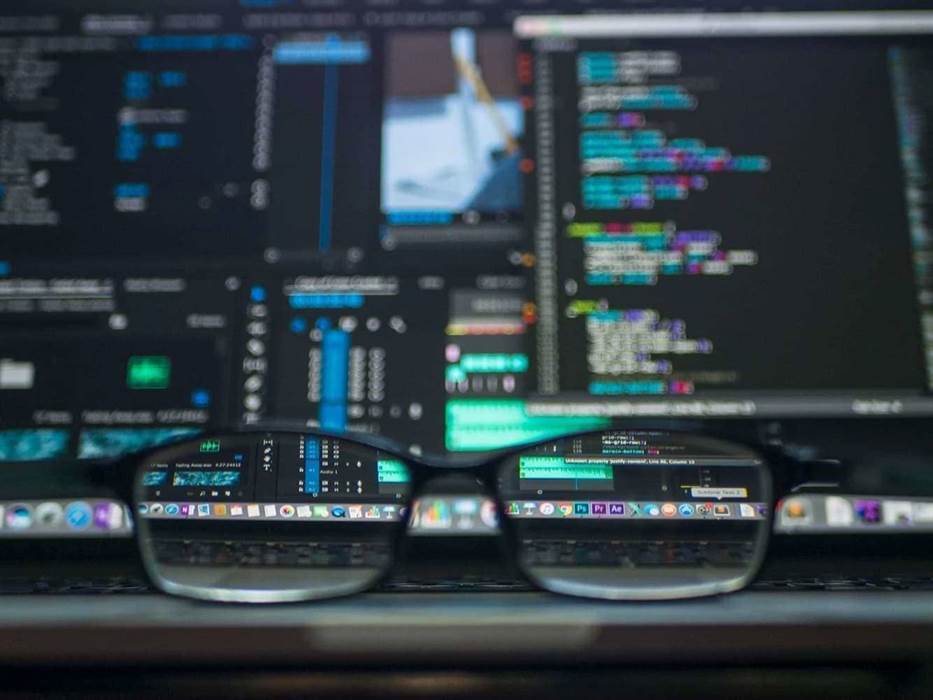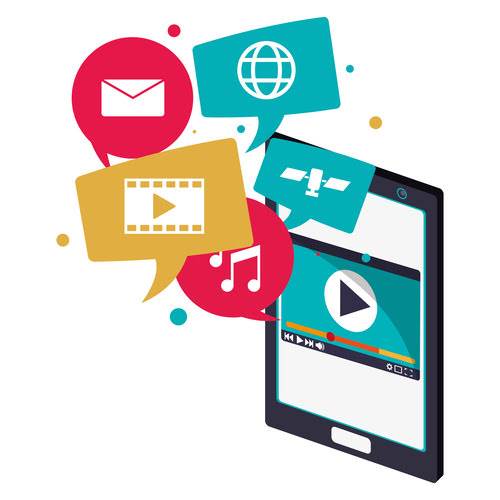In a study conducted by Stanford University’s Virtual Human Interaction Lab, participants who experienced a simulation of being homeless in virtual reality demonstrated increased empathy and understanding towards homeless individuals. After the VR experience, participants were more likely to show positive attitudes and express a greater willingness to help those facing homelessness. This highlights the power of VR to create emotional connections and cultivate empathy by immersing users in experiences that help them understand different perspectives and situations. In item LO3, students reflected on their learning achievements and answered what new learning they had during the VR sessions.

Usability evaluation of an augmented reality system for teaching Euclidean vectors. For some companies, it could be better to use VR for only a part of their educational program, especially for those with limited educational budgets or focused on hands-on practice with real equipment. Also, extra expenses are caused by the need to employ a storyboard writer—a specialist who will create a thought-out description of an upcoming VR education experience.
Augmented and Virtual Reality in Education
Through AR, obsolete teaching techniques may be replaced by more innovative pedagogies. For example, classes can be combined with augmented reality devices to increase student understanding of a specific topic. Within VR, students can practice soft skills whenever they want and receive feedback on their performance with features such as speech analysis. VR is a great tool for training these skills, providing tangible feedback and controlled, realistic environments where traditional theory or role-play exercises fall short. VR and AR education statistics show that equipment is already in most classrooms, but the comfort isn’t.

Back then I was running the early virtual reality company Immersion Corporation. Immersion developed the first VR simulators for teaching medical students to perform a range of surgical procedures, from inserting needles into the spine to performing laparoscopic surgery, angioplasty, bronchoscopy and colonoscopy. Frame is one of the better-known VR collaboration platforms available to date. A sister application to the well-known Virbela app, Frame empowers educators and companies to create unique learning experiences within their own metaverse-style environments. The Frame ecosystem is a WebX application, which means it can be accessed not just on VR headsets, but also on web browsers and other devices.
Extended Reality In Education: The 5 Ways VR And AR Will Change The Way We Learn At School, At Work And In Our Personal Lives
Varwin was initially brought into play at a hackathon where we had put together an astronomy project and showed how the planets move in orbits. Next year we are going to acquire the Varwin Software Suite through our co-investors, because we are watchful of how things stand https://globalcloudteam.com/virtual-reality-in-education-benefits-and-tools/ in the area of education and are aware that the VR era is already in. Contains hundreds of ready to use 360º images and videos from all over the world and marker icons. Define your learning requirements and outcomes aligned with the curriculum or a learning area.

They can then experiment with different AI and VR tools and resources, and assess their impact on student learning outcomes. Collaborating with technology experts and other educators can also help teachers effectively integrate these technologies into their teaching methods. The benefits of VR in education are enhanced comprehension, increased collaboration, and improved performance. Students’ knowledge will increase owing to the immersive experience in the virtual world. Knowledge transfer, which is the basis of contemporary education, is essential in modern society. Information and communication technologies are increasingly relevant in the teaching and learning processes.
Student’s perception of learning outcomes achievement
Usually, they possess skills from both educational and business analysis spheres. Dreamscape Learn – Virtual WorldI’m sure many people reading this are wondering if this will really happen, or if “the metaverse” is just a passing fad. After all, many companies have tried to deploy K-12 experiences in VR in the past, and the results were often a cool demo that students tried once and then grew tired of. Already, GigXR has created a host of different learning modules for various use cases. There’s a “HoloPatient” module, which allows companies to train practitioners on how to interact with human patients.

They reduce the time it takes to put lectures together, requiring less faculty and clinical educator time. Medical professionals update their competencies through online education modules and by attending conferences. Some get the opportunity to gain hands-on opportunities using life-like simulations. Presenters https://globalcloudteam.com/ can use AR to deliver messages to students and engage with them by making them part of the whole presentation. For example, teachers can make students appreciate specific concepts or graphics during a lesson. Cameras and sensors detect an image and measure the distance between two objects in AR.
Training
North America is expected to augment the virtual reality in education market during the forecast period. Confidence is a crucial factor in the successful application of newly acquired skills. VR-based training can help students build this confidence by providing a safe, controlled environment for practice and repetition. In virtual reality, learners can make mistakes, learn from them, and try again without fear of real-world consequences. We found that on those items in which the visualization was important, students in the experimental group, i.e., using VR, did better than those who did not use VR.
- In this post, I’m going to give you my ten favorite examples of how educators and researchers are using augmented and virtual reality to help students learn and engage in the classroom and beyond.
- Interactive whiteboard displays create an interactive experience for the next generation of innovators.
- Oftentimes, students get trapped by various tasks and cannot manage them all.
- Not only there is a need to create accurate content, but it also must be appropriate to a target audience.
- Over 65% of students agreed that they would like to attend the VR lab by themselves to work on preassigned materials.
- No use, distribution or reproduction is permitted which does not comply with these terms.
